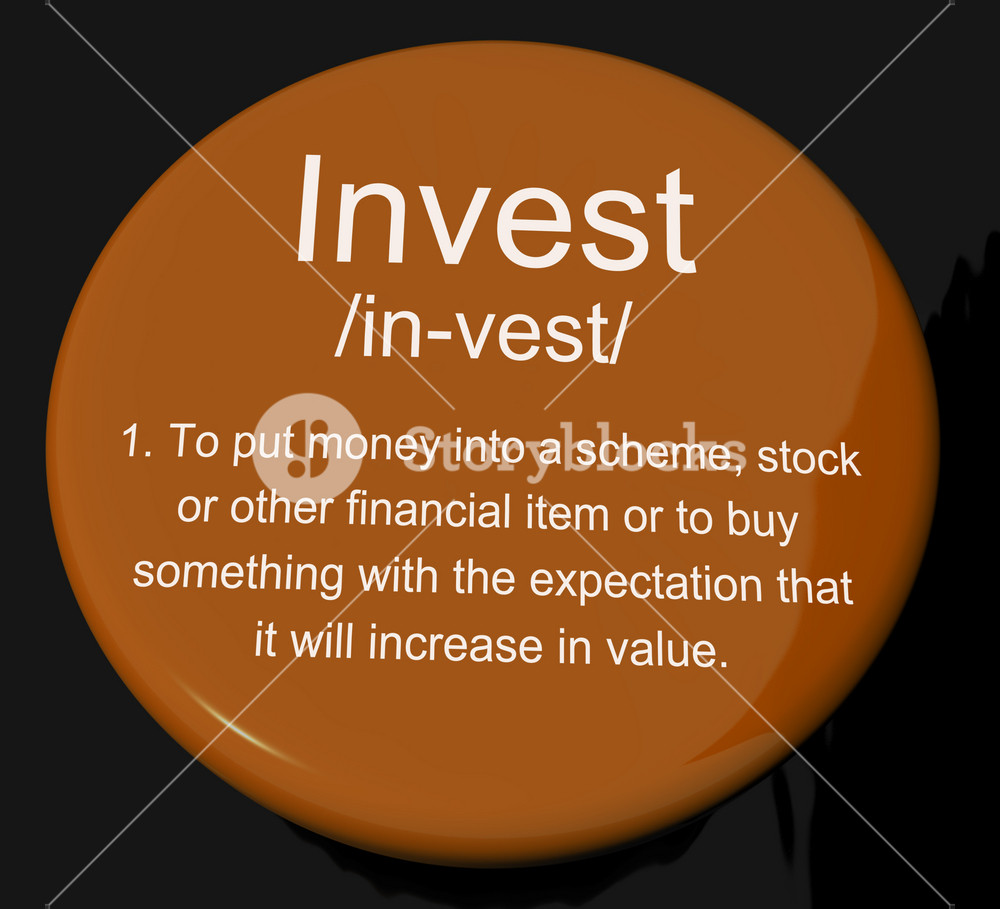
Before you invest in stocks, consider the risks involved. There are risks involved in buying individual stocks, such as potential losses if a company defaults on its debt or increases its potential. The risk of buying an overvalued stock can be fatal. Here are some tips to help you get the most from your money. Below are some of the biggest risks that stock investing can expose you to. Here are three ways to minimize these risks.
Investing individually in stocks
Investing in individual stocks can be a daunting venture that requires high levels of diligence. Understanding the financial and economic reports is key to making an informed trading decision. You must also research the histories, management, fundamentals, and financial reports of individual companies. Without the time and resources to do the research necessary, investing decisions can become confusing and risky. If you do not have experience in this field, investing may not be the best option.
The benefits of investing in individual stocks include the freedom to choose what stocks to purchase and the amount you want to invest in each. Individual stock investments come with a higher chance of losing than investing in index funds. You can use a stock filter to locate stocks that fit your criteria. The downside to individual stock investing is the risk of volatility. The market is unpredictable, and emotions experienced while investing can be just like volatile.

Investing with stock mutual funds
Stock mutual funds are a great way to diversify but you don't have any control over the stocks. Individual investors are able to own a share of the company so they can take part in the profits and losses. However, stock mutual funds can be managed by professionals who manage the money and buy and sell stocks according to their discretion. This high turnover may have tax implications in a taxable account. Instead, buy stock in the company to take control of its performance.
Diversifying your investments can be another strategy. Diversification involves investing in stocks that are from different industries and sizes. This also means you will have stocks that have lower growth potential. This may sound appealing but dividend stocks cannot be diversified. For maximum diversification you will need to use a combination of both types. As an example, you would want to have a defensive portfolio that includes both stock mutual funds and stocks.
Investing with a 401 (k)
A 401(K), or a similar account, is a great way for you to diversify your portfolio and avoid paying high fees. You have the option to invest in stocks or bonds depending on your employer. Many plans provide a wide range of mutual funds. However, they can often charge high fees. You may be limited in the types of investments you can choose, and you'll pay more for fees than you would if you invested in passively managed ETFs.
SEP-IRAs can be used to invest, which stands for "Simplified Employer Pensions". A SEPIRA is an IRA that an employer sets up for each employee. Maximum employer contribution for an employee is $25,000. It must be at least 15% of the eligible compensation. Keogh retirement plans are, however, similar to those offered by incorporated businesses. Individuals who are self-employed can contribute up 25% of their net earnings or 15% from their gross salary.

Investing through a taxable account
There are advantages and disadvantages to investing in stocks via a standard taxable account (TaxableAccount). This type of account requires no minimum initial investment, but the cost of management fees can be high. This account has no tax benefits, other than long-term capital gain tax rates. This type allows you to invest once you have exhausted any tax-advantaged account. TSA accounts are able to invest directly in stocks, mutual fund, commodities and even cryptocurrency.
When it comes to investing in stocks, a taxable account is a great tool for estate planning. The tax burden that comes with holding a stock for a long time and then selling it before your death would be significant. However, if you have stocks that are taxable, there is no tax due to the appreciation. Your cost basis is determined based on the stock's value at the time of your death. This makes it easier to pass your stock investments on to your heirs.
FAQ
How do I invest on the stock market
Brokers can help you sell or buy securities. A broker can sell or buy securities for you. Trades of securities are subject to brokerage commissions.
Banks typically charge higher fees for brokers. Banks are often able to offer better rates as they don't make a profit selling securities.
An account must be opened with a broker or bank if you plan to invest in stock.
If you use a broker, he will tell you how much it costs to buy or sell securities. Based on the amount of each transaction, he will calculate this fee.
You should ask your broker about:
-
You must deposit a minimum amount to begin trading
-
whether there are additional charges if you close your position before expiration
-
What happens if you lose more that $5,000 in a single day?
-
How many days can you maintain positions without paying taxes
-
What you can borrow from your portfolio
-
Transfer funds between accounts
-
How long it takes to settle transactions
-
The best way for you to buy or trade securities
-
How to avoid fraud
-
How to get help for those who need it
-
Whether you can trade at any time
-
If you must report trades directly to the government
-
Reports that you must file with the SEC
-
Whether you need to keep records of transactions
-
What requirements are there to register with SEC
-
What is registration?
-
How does it impact me?
-
Who must be registered
-
When should I register?
What is the role of the Securities and Exchange Commission?
SEC regulates brokerage-dealers, securities exchanges, investment firms, and any other entities involved with the distribution of securities. It enforces federal securities laws.
Is stock marketable security a possibility?
Stock is an investment vehicle which allows you to purchase company shares to make your money. This is done via a brokerage firm where you purchase stocks and bonds.
Direct investments in stocks and mutual funds are also possible. There are over 50,000 mutual funds options.
The main difference between these two methods is the way you make money. Direct investment earns you income from dividends that are paid by the company. Stock trading trades stocks and bonds to make a profit.
In both cases, you are purchasing ownership in a business or corporation. If you buy a part of a business, you become a shareholder. You receive dividends depending on the company's earnings.
Stock trading gives you the option to either short-sell (borrow a stock) and hope it drops below your cost or go long-term by holding onto the shares, hoping that their value increases.
There are three types stock trades: put, call and exchange-traded funds. Call and put options allow you to purchase or sell a stock at a fixed price within a time limit. ETFs, which track a collection of stocks, are very similar to mutual funds.
Stock trading is very popular since it allows investors participate in the growth and management of companies without having to manage their day-today operations.
Stock trading can be very rewarding, even though it requires a lot planning and careful study. It is important to have a solid understanding of economics, finance, and accounting before you can pursue this career.
What is the difference in marketable and non-marketable securities
The key differences between the two are that non-marketable security have lower liquidity, lower trading volumes and higher transaction fees. Marketable securities, however, can be traded on an exchange and offer greater liquidity and trading volume. Marketable securities also have better price discovery because they can trade at any time. However, there are some exceptions to the rule. For example, some mutual funds are only open to institutional investors and therefore do not trade on public markets.
Marketable securities are more risky than non-marketable securities. They generally have lower yields, and require greater initial capital deposits. Marketable securities are usually safer and more manageable than non-marketable securities.
A bond issued by large corporations has a higher likelihood of being repaid than one issued by small businesses. The reason for this is that the former might have a strong balance, while those issued by smaller businesses may not.
Because of the potential for higher portfolio returns, investors prefer to own marketable securities.
What is a mutual funds?
Mutual funds are pools of money invested in securities. They offer diversification by allowing all types and investments to be included in the pool. This helps to reduce risk.
Managers who oversee mutual funds' investment decisions are professionals. Some funds offer investors the ability to manage their own portfolios.
Because they are less complicated and more risky, mutual funds are preferred to individual stocks.
Statistics
- Ratchet down that 10% if you don't yet have a healthy emergency fund and 10% to 15% of your income funneled into a retirement savings account. (nerdwallet.com)
- Our focus on Main Street investors reflects the fact that American households own $38 trillion worth of equities, more than 59 percent of the U.S. equity market either directly or indirectly through mutual funds, retirement accounts, and other investments. (sec.gov)
- "If all of your money's in one stock, you could potentially lose 50% of it overnight," Moore says. (nerdwallet.com)
- The S&P 500 has grown about 10.5% per year since its establishment in the 1920s. (investopedia.com)
External Links
How To
How to create a trading plan
A trading plan helps you manage your money effectively. It will help you determine how much money is available and your goals.
Before you begin a trading account, you need to think about your goals. It may be to earn more, save money, or reduce your spending. You may decide to invest in stocks or bonds if you're trying to save money. If you're earning interest, you could put some into a savings account or buy a house. Maybe you'd rather spend less and go on holiday, or buy something nice.
Once you have a clear idea of what you want with your money, it's time to determine how much you need to start. This depends on where you live and whether you have any debts or loans. Consider how much income you have each month or week. Your income is the net amount of money you make after paying taxes.
Next, make sure you have enough cash to cover your expenses. These expenses include rent, food, travel, bills and any other costs you may have to pay. Your total monthly expenses will include all of these.
You will need to calculate how much money you have left at the end each month. This is your net income.
Now you've got everything you need to work out how to use your money most efficiently.
To get started with a basic trading strategy, you can download one from the Internet. Ask someone with experience in investing for help.
Here's an example.
This graph shows your total income and expenditures so far. It includes your current bank account balance and your investment portfolio.
And here's a second example. This one was designed by a financial planner.
This calculator will show you how to determine the risk you are willing to take.
Don't attempt to predict the past. Instead, focus on using your money wisely today.